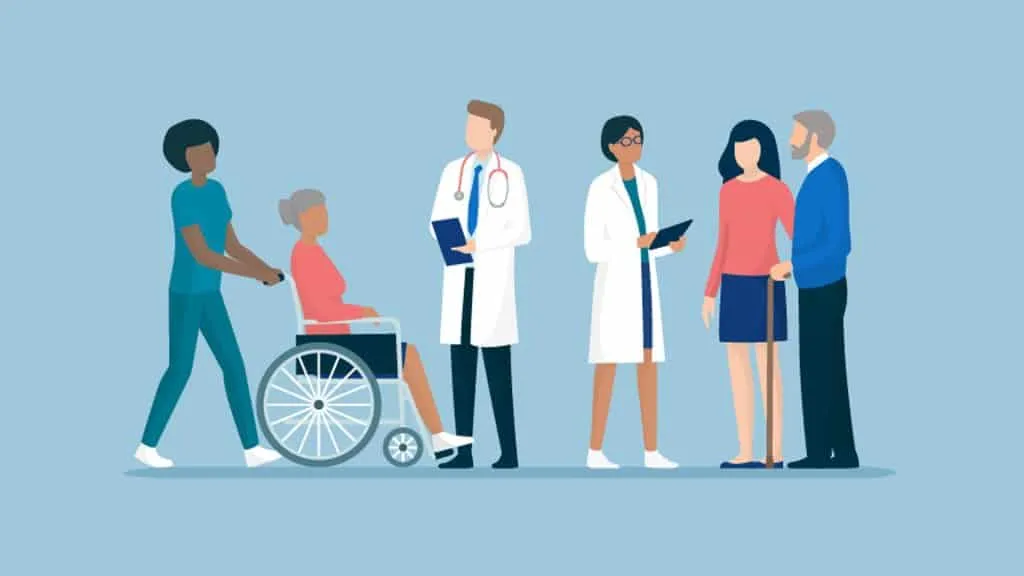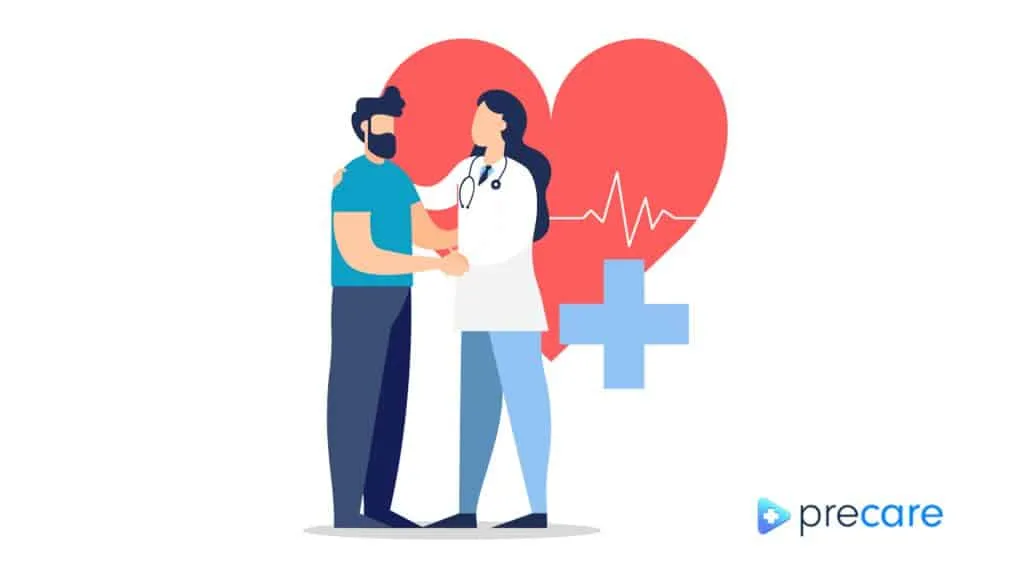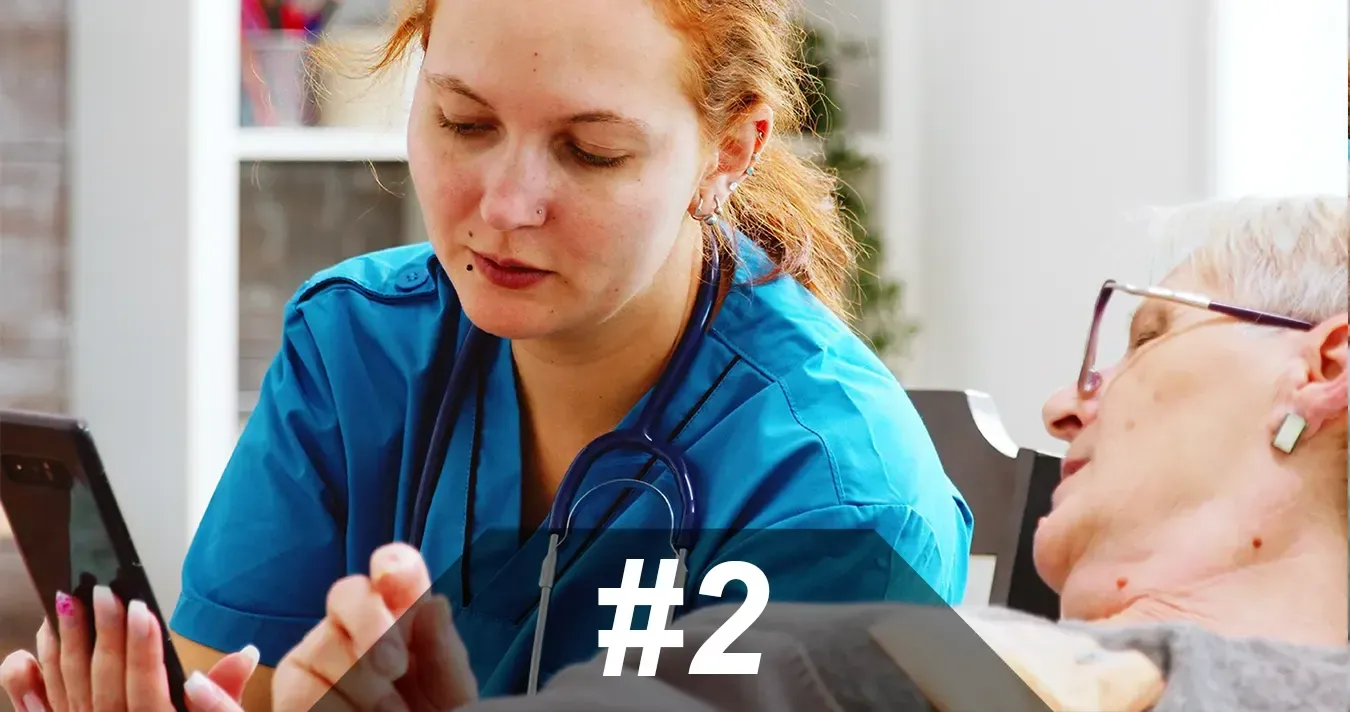In healthcare, communication breakdowns contribute to medical errors at a rate of 80% as reported by the Joint Commission. A critical factor within this dynamic comprises language barriers, which affect patients, providers, and the healthcare system at large. They can cause miscommunication, a lack of trust, and potentially unwanted clinical outcomes. By addressing language barriers, we can work towards improving the quality of medical services.

STUDIES ABOUT LANGUAGE BARRIERS
If patients have limited language skills, they and providers tend to experience much frustration when communicating. In a 2020 review, researchers found that language barriers caused a decrease in patient and provider satisfaction and quality of care, while also increasing the risk to patient safety. This finding further rectifies the need to address language barriers within healthcare services. A recent study (2021) found that when providers and patients had a shared language (having the same native language), they were more likely to agree on preventive measures and treatments. In cases where the provider did not share a common language with the patient or vice versa, this agreement was significantly lower at 50%. Communication is the transfer of information. When patients and providers struggle to communicate, health services stagnate, and health outcomes lag.
MEDICAL INTERPRETER SERVICES
In the United States, all government-funded healthcare facilities must provide free translation and interpreter services for patients in need. Translators provide a word-for-word translation of materials, while interpreters transform medical information based on cultural and linguistic relevancy. The American Medical Association recommends that healthcare organizations hire competent and qualified medical interpreters to maximize communication between providers and patients.
However, many healthcare facilities lack adequate interpreter and translator services and solely relying on digital translator services such as Medibabble and Google Translate poses challenges to the significance of the information.
Medical interpreters are in short supply across the United States. According to a 2019 article published by the American Medical Association, California had 1.7 million patients with poor English but only 738 medical interpreters who were certified as meeting national standards for the profession. If this is the current landscape of medical interpreters in California alone, think of the impact that language barriers play in communication breakdowns in other states and countries. Many states recognize the importance and invest in training certified medical interpreters but it will take time for them to fulfill the needs of non-English speaking patients that require their services. This is because there is not enough training to meet demand, which creates gaps in communication that can mean life or death.
THE PATH FORWARD
Language barriers can lead to misdiagnosis and incorrect testing, underscoring the need for certified medical interpreters in hospitals and medical centers. As the medical industry’s use of digital technology continues to grow, the opportunity for new technology to meet the need for medical interpreters will rise. Since medical interpretation aims to give accurate and culturally relevant meaning to information, we aim to create faster and more ubiquitous technology. A technology that can be accessed almost anywhere and is easy to navigate for patients and providers alike. Improving patient health outcomes based on language barriers means discovering new ways to interpret valuable information.






